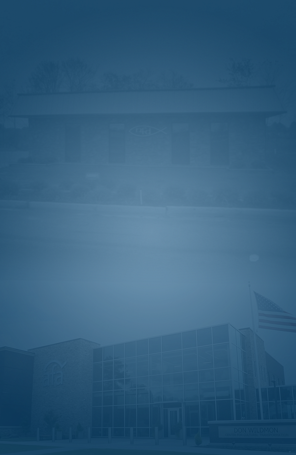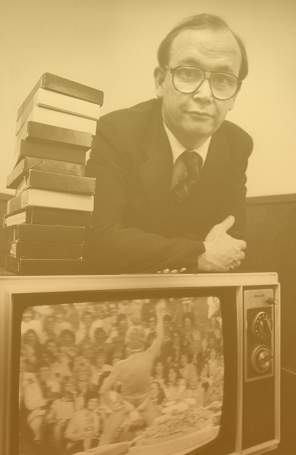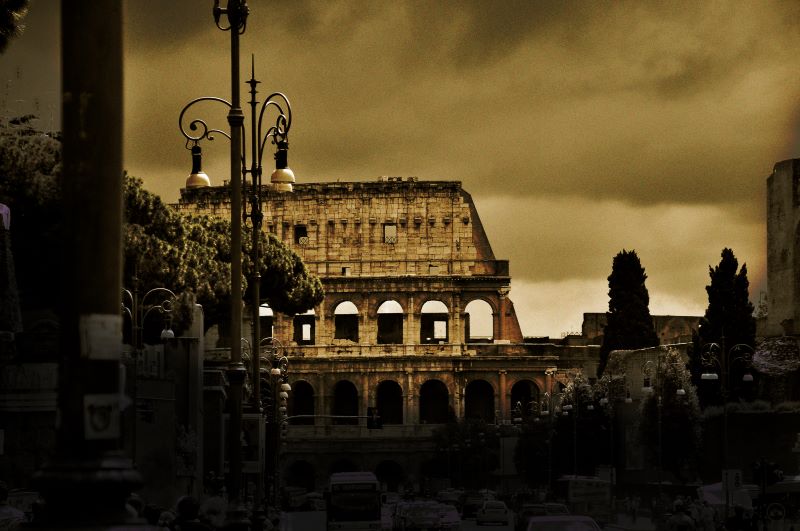Uncommon Valor, Common Virtue
Sign up for a six month free
trial of The Stand Magazine!
(Editor's Note: This article was published first in The Stand's November 2022 print edition.)
Associated Press combat photographer Joe Rosenthal shuttered the lens on his bulky Speed Graphic camera. It was February 23, 1945, only four days after the United States 4th and 5th Marine Divisions had invaded Iwo Jima. No way could Rosenthal have imagined how iconic that one image, that one moment in time, would become in the nation’s history.
Strategic location
Having been drawn into World War II by Japan’s 1941 attack on Pearl Harbor, the United States was forced to engage in numerous battles in the Pacific theater. Initially, time was mostly spent in a defensive posture, but by mid-1942, following the Battle of Midway, the balance of power began to shift.
In August 1942, the U.S. was finally able to go on the offense, driving back the Japanese. Over the next year, the U.S. employed the infamous “island hopping” campaigns, strategically taking control of key islands in the Pacific, while simultaneously pressing in toward Japan’s mainland.
Despite heavy losses and a greatly weakened military, Japan refused to surrender. Consequently, Allied Powers continued their efforts of squeezing in on the mainland, seizing more island territory along the way.
One strategic location deemed to be greatly needed was the tiny island of Iwo Jima. Its three airfields and close proximity to the mainland made it conducive for successful B-29 bombing runs, as well as a staging facility should a land invasion become necessary.
Steep cost
Because Japanese forces were nearly crippled from suffering numerous losses in the Pacific theater, officials planning the attack anticipated needing only a few days to take control. They greatly miscalculated.
Expecting an attack, the Japanese military developed a new strategy of defense – patiently wait. Japanese troops took advantage of Iwo Jima’s mountainous terrain and jungles to set up hidden defensive positions. More significantly, they built a network of multilevel, interconnected underground tunnels, an estimated 11 miles long.
Rather than defend the island’s beaches, Japanese soldiers planned to fight from interior fortified positions, raining down automatic weapon fire, artillery, mortars, and rockets on American forces at the water’s edge.
Prior to the invasion, Marine Commander Maj. Gen. Harry Schmidt requested the Navy bombard the island for 10 days in an effort to soften the target. Due to planning and logistics of other battles being fought concurrently, he was granted a mere three days.
Unfortunately for American forces, the shelling had very little effect, a result of the Japanese’s preparation and positioning.
On the morning of February 19, 1945, the Marines made an amphibious landing on Iwo Jima’s shores and immediately experienced unexpected challenges. The beaches of the volcanic island presented thick dunes of ash, sometimes 15 feet high, preventing the Marines from gaining good footing.
Furthermore, there was little to no resistance when American forces came ashore, causing them to assume the pre-attack bombardments were successful.
This was part of Japan’s strategy, and once enough Marines were amassed on the shores struggling in the dunes, the Japanese launched their attacks. After four days of intense fighting, the Marines captured Mount Suribachi, the dormant volcano on Iwo Jima’s south side. On top of that mountain, the historic flag raising took place, and Rosenthal snapped his picture.
The historic scene did not mark the end of the battle, however, as the fighting raged on for over four more weeks. Of the 70,000 Marines who fought on the island for just over a month, 20,000 were wounded, and 7,000 were killed, making the battle at Iwo Jima one of the bloodiest in Marine Corps history.
The Japanese death toll was even higher. Of the 21,000 Japanese soldiers, all were killed except just over 200 who were taken prisoner.
Standing memorial
Rosenthal’s stunning photograph made it home long before the troops did and immediately became a symbol of patriotism and the fighting spirit of U.S. forces and their resolve to win the war.
Serving in the Navy at the time, sculptor Felix de Weldon was moved by the photograph and soon began working on a small-scale model, then later a life-size model.
After the war was over, Congress commissioned de Weldon to construct the Marine Corps War Memorial. De Weldon worked on the project from 1945 until its completion in 1954.
On the 179th anniversary of the U.S. Marine Corps, November 10, 1954, President Dwight D. Eisenhower dedicated the memorial.
The statue is the largest bronze statue in the world, standing 78 feet tall and weighing 100 tons. The soldiers stand 32 feet high, erecting a 60-foot flagpole, from which the American flag flies 24 hours a day.
Commander of the U.S. Pacific Fleet during World War II, Adm. Chester W. Nimitz said of those who fought at Iwo Jima: “Uncommon valor was a common virtue.”
Inscribed in the memorial’s granite base are Nimitz’s words, a fitting description for those who valiantly fought for freedom.

Sign up for a free six-month trial of
The Stand Magazine!
Sign up for free to receive notable blogs delivered to your email weekly.


















